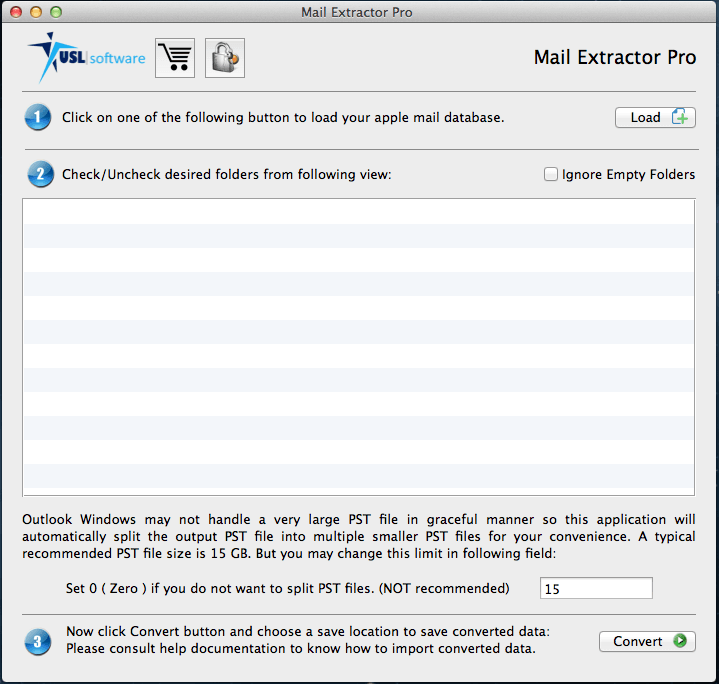
Decrease the time necessary for webmail or your mail apps to load mail folders. Free up space on your hosting plan with us for files that don’t need to be available across all devices (like those older than a time of your choosing - we recommend 3-6 months). If, after changing this setting, the server still contains your older messages, you can login using webmail and remove them from the server manually.Ĭonfiguring a mail app to archive locally to your computer will allow you to: If you find that your mail is amassing on the server still, check your mail app’s settings for one similar to “Delete messages on server after days” and be sure to configure that for however long you wish to keep a backup of messages on the server - we suggest 90 days. If you connect to the mail server using POP, then your mail app is already downloading full copies of the messages from the server. This is not the same thing as the archive button in your mail app, which moves messages to another folder on the server, nor auto-archiving in Outlook. An off-server archive means we’re moving messages from the server/cloud to your computer. When we say archive, it really just means moving messages to another location. In this post we’re going to talk about how to archive your emails to a local mailbox on your computer. 
:max_bytes(150000):strip_icc()/OperaMail-5b1a94fe1d64040037d5e3eb.png)
If you reach your storage limits, this could become a problem and similarly, if there’s ever a problem server-side, you may not be able to access the messages because the problem will sync to your computer.

The downsides of server-synced emails are that your mailbox size will continue to increase and that you have a single point of failure. This is because each device first syncs with the server before showing you your emails. Leaving your email server-side only (similar to being ‘in the cloud’), as occurs by default when using IMAP, results in great synchronization of mail folders between your multitude of mobile devices.



:max_bytes(150000):strip_icc()/OperaMail-5b1a94fe1d64040037d5e3eb.png)



 0 kommentar(er)
0 kommentar(er)
